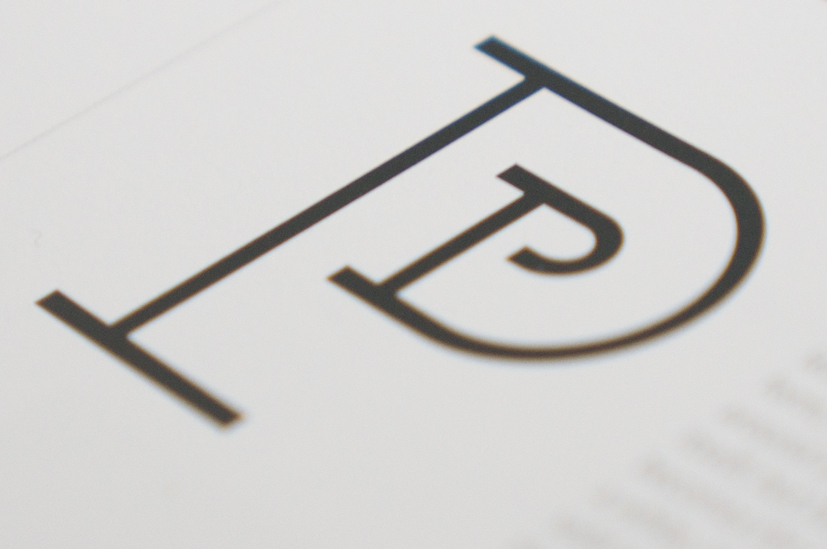How to Design an Effective Landing Page aside
Landing pages can be described as one-page websites that push the visitor toward a single action. This focus on a single purpose is the primary feature that makes landing pages different from other websites. Their primary goal is to generate leads which are often linked with email and social media campaigns and to convert those leads into buyers and subscribers. The process of converting visitors into leads and buyers is usually accomplished by call-to-action buttons and lead generation forms. “A landing page is any webpage on which an Internet visitor first arrives on their way to an important action that you want them to take on your site” – Tim Ash, Landing Page Optimization Landing pages originated in response to the ...
Continue Reading

